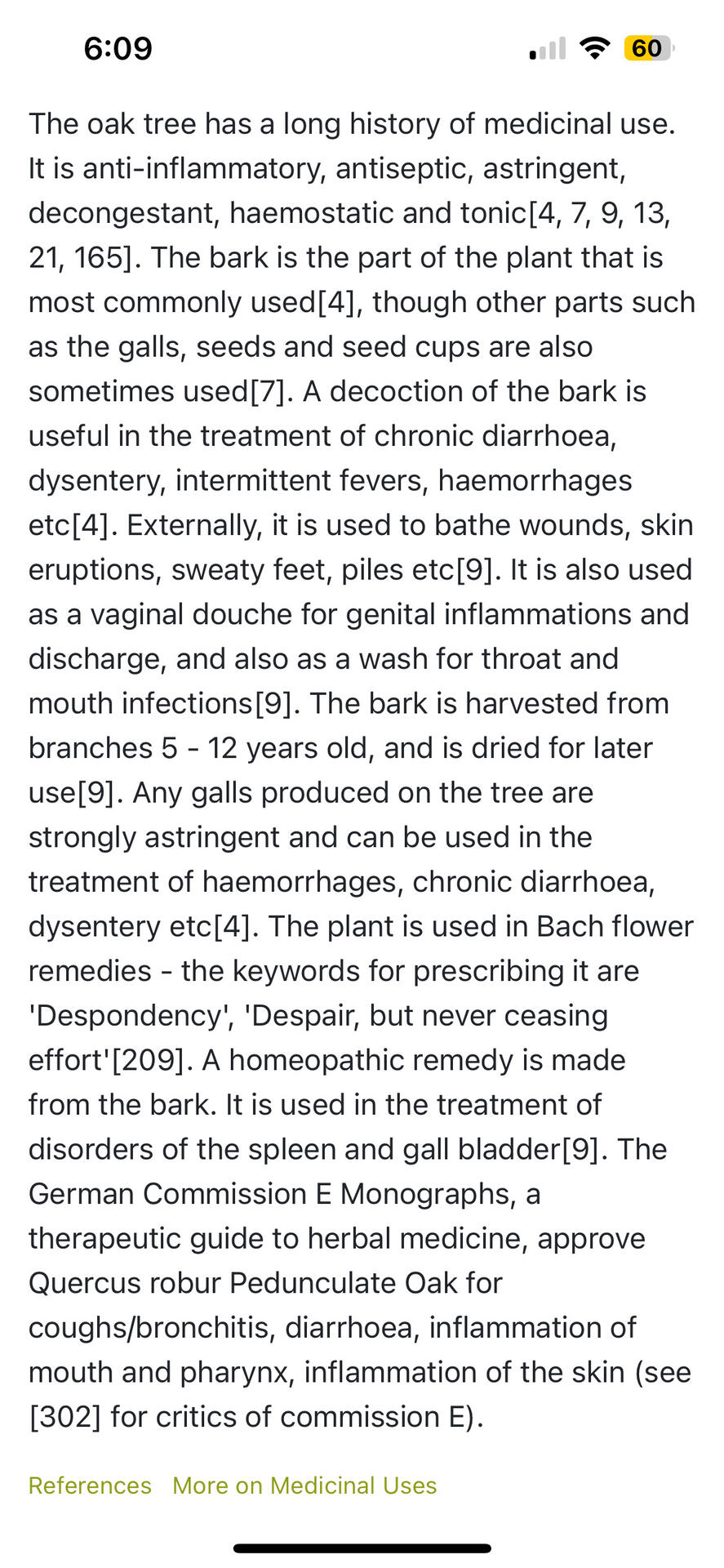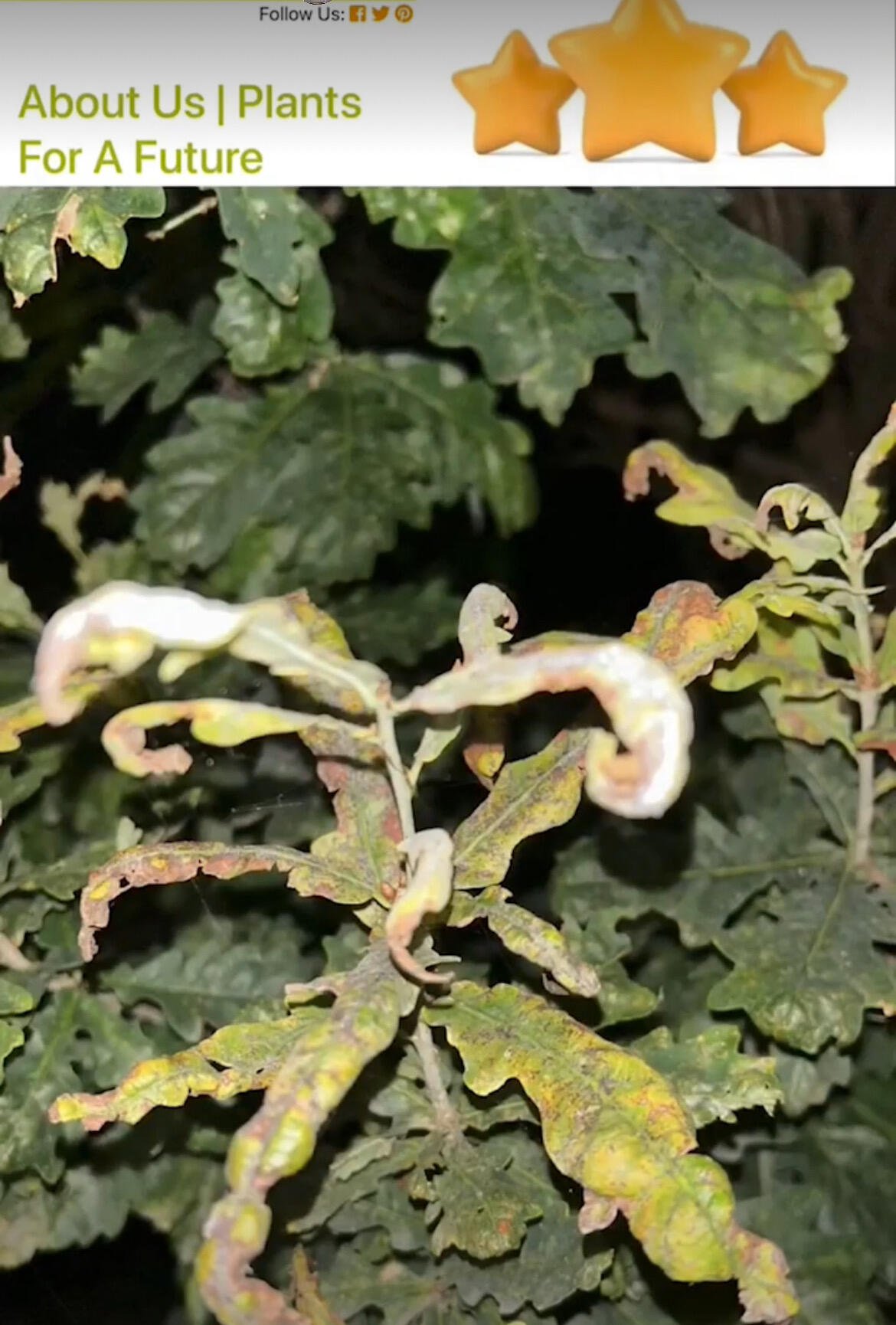Event JSON
{
"id": "645f9fe3c0c63ebe9ab2534b419724877783639994377668ab60be9a82e82c26",
"pubkey": "009c269f094acdc58603265a83cf67bea208ebabaf0b8f033c2833ce644ac45a",
"created_at": 1726913488,
"kind": 1,
"tags": [
[
"imeta",
"url https://image.nostr.build/63addb4b963ca65cdc20019caeee52fb7fcde5a5be5c71541f72b1ea5de0c5e1.jpg",
"blurhash eVR.+BMdx]aKozS#R*oykCjty?kqa1ozVtrXV@RjjFkCU_V@tlj[W;",
"dim 1170x1090"
],
[
"imeta",
"url https://image.nostr.build/5b93eeec3e6b5b0aa99f85c94019ceb16c8eed1f11d00538e7df9e9245a133e0.jpg",
"blurhash e6RfkBD%~qM|?bogxuM{a|xu_3ofWBt7M{t8a#V@WBt7?bt7Rjt7Rj",
"dim 1170x2532"
],
[
"imeta",
"url https://image.nostr.build/7262fa5b9eb7973d2ebbb01178cf8b7b47ba061662a33a60efd7a4f1da0e5a10.jpg",
"blurhash eMF~T#o#NHnhNK?cbvxtaKt7?HbcWEjXbc~Wt7NHjExt^+X9t6niRl",
"dim 1170x1730"
],
[
"r",
"https://pfaf.org/user/Plant.aspx?LatinName=Quercus+robur"
],
[
"t",
"health"
],
[
"t",
"bitcoin"
],
[
"t",
"niagara"
],
[
"t",
"oak"
],
[
"t",
"plants"
],
[
"t",
"travel"
],
[
"t",
"tree"
],
[
"t",
"photography"
],
[
"t",
"nostr"
],
[
"t",
"herbalmedicine"
],
[
"r",
"https://image.nostr.build/63addb4b963ca65cdc20019caeee52fb7fcde5a5be5c71541f72b1ea5de0c5e1.jpg"
],
[
"r",
"https://image.nostr.build/5b93eeec3e6b5b0aa99f85c94019ceb16c8eed1f11d00538e7df9e9245a133e0.jpg"
],
[
"r",
"https://image.nostr.build/7262fa5b9eb7973d2ebbb01178cf8b7b47ba061662a33a60efd7a4f1da0e5a10.jpg"
]
],
"content": "Plant of the Day:\nQuercus Rober\nMed Rating: 3/5\nDescription:\nThe oak tree has a long history of medicinal use. It is anti-inflammatory, antiseptic, astringent, decongestant, haemostatic and tonic[4, 7, 9, 13, 21, 165]. The bark is the part of the plant that is most commonly used[4], though other parts such as the galls, seeds and seed cups are also sometimes used[7]. A decoction of the bark is useful in the treatment of chronic diarrhoea, dysentery, intermittent fevers, haemorrhages etc[4]. Externally, it is used to bathe wounds, skin eruptions, sweaty feet, piles etc[9]. It is also used as a vaginal douche for genital inflammations and discharge, and also as a wash for throat and mouth infections[9]. The bark is harvested from branches 5 - 12 years old, and is dried for later use[9]. Any galls produced on the tree are strongly astringent and can be used in the treatment of haemorrhages, chronic diarrhoea, dysentery etc[4]. The plant is used in Bach flower remedies - the keywords for prescribing it are 'Despondency', 'Despair, but never ceasing effort'[209]. A homeopathic remedy is made from the bark. It is used in the treatment of disorders of the spleen and gall bladder[9]. The German Commission E Monographs, a therapeutic guide to herbal medicine, approve Quercus robur Pedunculate Oak for coughs/bronchitis, diarrhoea, inflammation of mouth and pharynx, inflammation of the skin (see [302] for critics of commission E).\nSource: https://pfaf.org/user/Plant.aspx?LatinName=Quercus+robur\n#Health #Bitcoin #Niagara #Oak #plants #Travel #tree #photography #nostr #HerbalMedicine https://image.nostr.build/63addb4b963ca65cdc20019caeee52fb7fcde5a5be5c71541f72b1ea5de0c5e1.jpg https://image.nostr.build/5b93eeec3e6b5b0aa99f85c94019ceb16c8eed1f11d00538e7df9e9245a133e0.jpg https://image.nostr.build/7262fa5b9eb7973d2ebbb01178cf8b7b47ba061662a33a60efd7a4f1da0e5a10.jpg ",
"sig": "c5282e93e9de8e334a4195350dcf0cb9a3fd5a818c3398bbfb6df3f44ea3f467a573d4f4d00ae75cd37d298dbf03751b88be19eeacaf1bba39bb63c891e8e88c"
}



